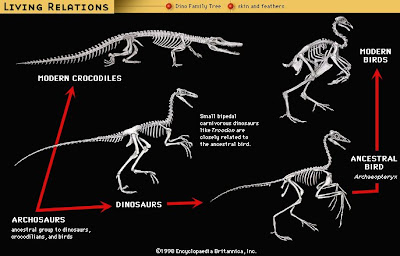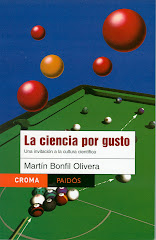Published in Milenio Diario, June 24, 2009

Apart from the weird looks that —in some cases, frankly alarmed— I get from the gentlemen that happen to come into the bathroom while I am taking a picture, my hobby has led me to classify these devices.
There are big and small ones, modern and antique ones, elegant and austere ones, but I prefer to classify them as traditional, electronic and ecological.
In the traditional model, the gentleman, after using the urinal, pulls a lever —in more hygienic models, they step on a pedal— that makes the water flow and washes away the urine. (In a urinal I found in the University I work for, there was a sign that asked "don't forget to pull the lever, let's keep the bathrooms clean"... but someone had stolen the lever!)
Electronic urinals became a trend a few years ago. They substitute the mechanical system of the traditional urinal for an electronic one: an infrared beam detects if there is a person in front of it. When the person leaves, the water flows automatically. The idea is to make the user feel cleaner, since he does not touch the device (sounds good until you remember the device you were touching ). The funniest one I saw had a logo of a robot using the urinal (?).
The latest trend are ecological urinals, which don't use water. These are designed so that urine flows to the drainage by simple gravity, without leaving traces or odors. Excellent… if it wasn't for the fact that these are always splashed and full of disposable tissues and chewed gum that block them.
Do we really need urinals that "act" alone? What is the use of a urinal that saves water if the user does not have the culture of using them correctly
Moral of the story: science and technology are useless if they are not integrated with the culture and necessities of the user. A good lesson learned from our good ol' friend, the urinal.
(translated by Adrián Robles Benavides)
To receive Science for pleasure weekly
in your email, subscribe here!









